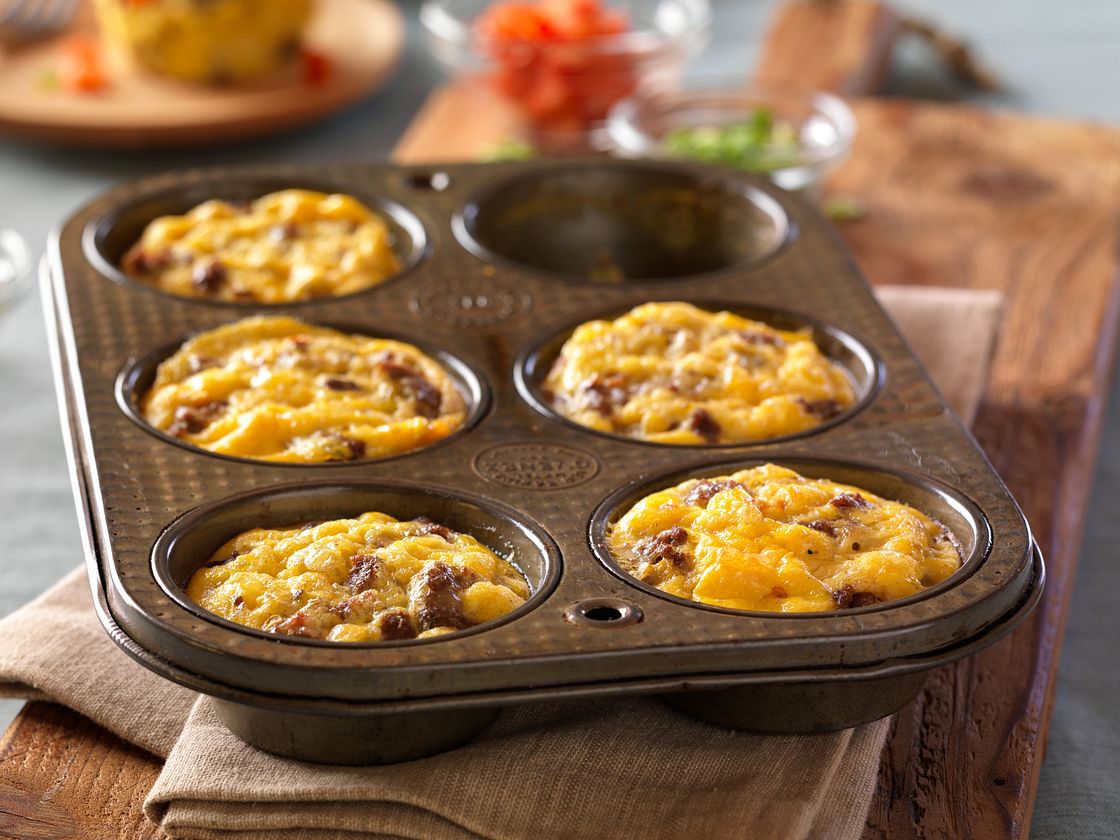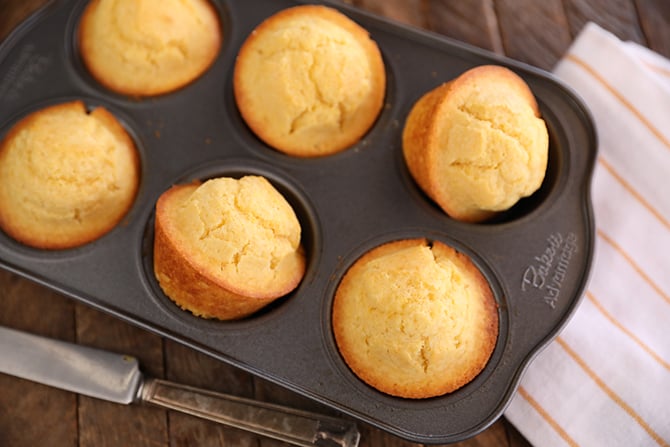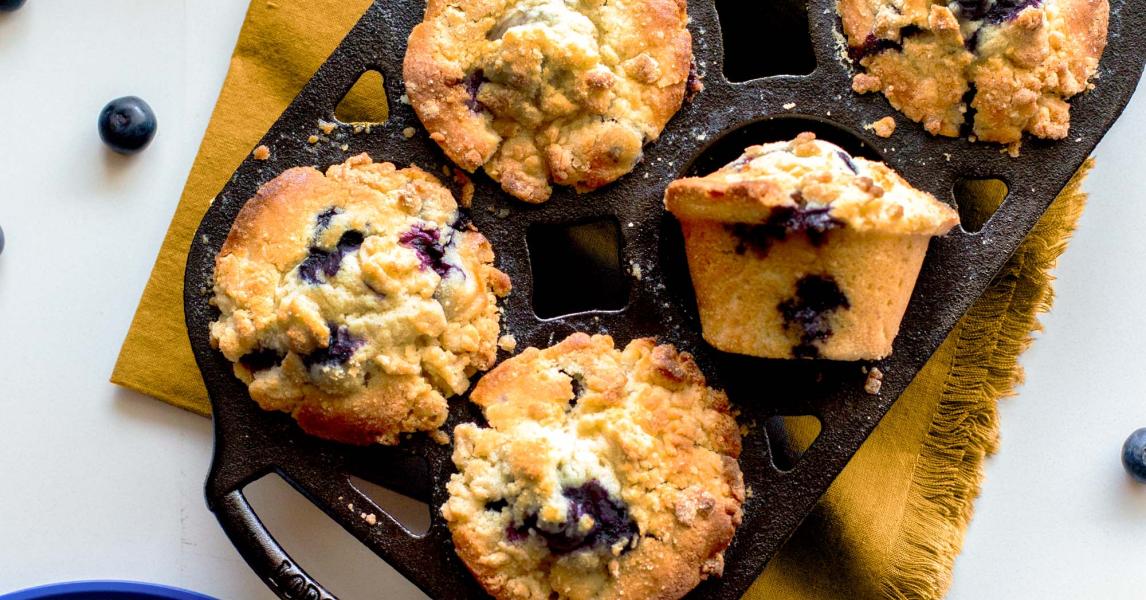When it comes to baking, especially in a professional kitchen, every step of the process is crucial. Whether you're crafting a delightful batch of blueberry muffins or experimenting with savory options, using a cast iron pan brings a unique flavor and texture to your baked goods. But the question many kitchen pros face is how to cool muffins in a cast iron pan effectively to preserve their perfect state. Understanding the nuances of this cooling process is key to maintaining the quality of your culinary creations.
The primary keyword, how to cool muffins in cast iron pan, leads us into a journey of understanding both the behavior of muffins and the characteristics of cast iron. The art of cooling muffins in such a pan is more than just a simple waiting game; its about strategic timing and knowledge of material science.

The Science of Cooling Muffins
Cooling muffins in a cast iron pan requires a balance between patience and precision. Cast iron, renowned for its heat retention, can continue cooking muffins even after theyre removed from the oven. This can lead to overcooked or dry muffins if not addressed promptly. Therefore, understanding how to manage the cooling process is essential.
For professionals, the first step is to ensure that the muffins are removed from the heat source immediately once baked to perfection. You can learn more about common misconceptions about cast iron and how they affect baking.
Steps to Cool Muffins Effectively
1. Immediate Transfer: Once the muffins are done, transfer them from the cast iron pan to a wire rack as quickly as possible. This prevents further cooking and allows even air circulation around each muffin.
2. Room Temperature Cooling: Allow the muffins to cool at room temperature for best results. This method helps in retaining moisture and flavor, crucial for both sweet and savory muffins.
3. Use of Parchment Paper: Consider using parchment paper to line the cast iron pan before baking. This makes the removal process easier and reduces the risk of sticking, which can cause damage to the muffins during transfer. More tips on using parchment can be found here.
Why Cast Iron?
Baking in a cast iron pan offers unparalleled advantages, from even heat distribution to enhancing flavors. However, this material's ability to retain heat poses a unique challenge. Proper cooling techniques ensure that your muffins maintain their intended texture and taste. The myths about cast iron can be intriguing for those unfamiliar with its properties.
Maintaining Moisture and Flavor
Muffins are delicate and require careful handling to preserve their moisture and flavor. Cooling them correctly is a crucial step in this process. Avoid covering the muffins while they are still warm, as this can trap steam and cause sogginess. Further insights into baking with cast iron can be found here.
Additional Tips for Kitchen Pros
For those who frequently bake in a professional setting, understanding the characteristics of different baking materials is invaluable. Here are a few additional tips:
- Preheat the Pan: Always preheat your cast iron pan before adding the muffin batter to ensure even cooking. Learn more about the importance of preheating vs. using a cold pan here.
- Experiment with Recipes: Using a cast iron pan opens up opportunities to experiment with a variety of muffin recipes, from sweet to savory. Explore some creative ideas here.

FAQs
Why is my muffin sticking to the cast iron pan?
Sticking can occur if the pan isn't seasoned properly or if the batter doesn't contain enough fat. Consider using parchment paper or greasing the pan well before baking.
Can I cool muffins in the refrigerator to speed up the process?
While you can use the refrigerator, it's best to let muffins cool at room temperature to prevent them from becoming too dense.
How do I know when muffins are properly cooled?
Muffins are properly cooled when they reach room temperature and no longer emit steam. They should be firm to touch without being dry.
This article contains affiliate links. We may earn a commission at no extra cost to you.






Leave a comment
This site is protected by hCaptcha and the hCaptcha Privacy Policy and Terms of Service apply.